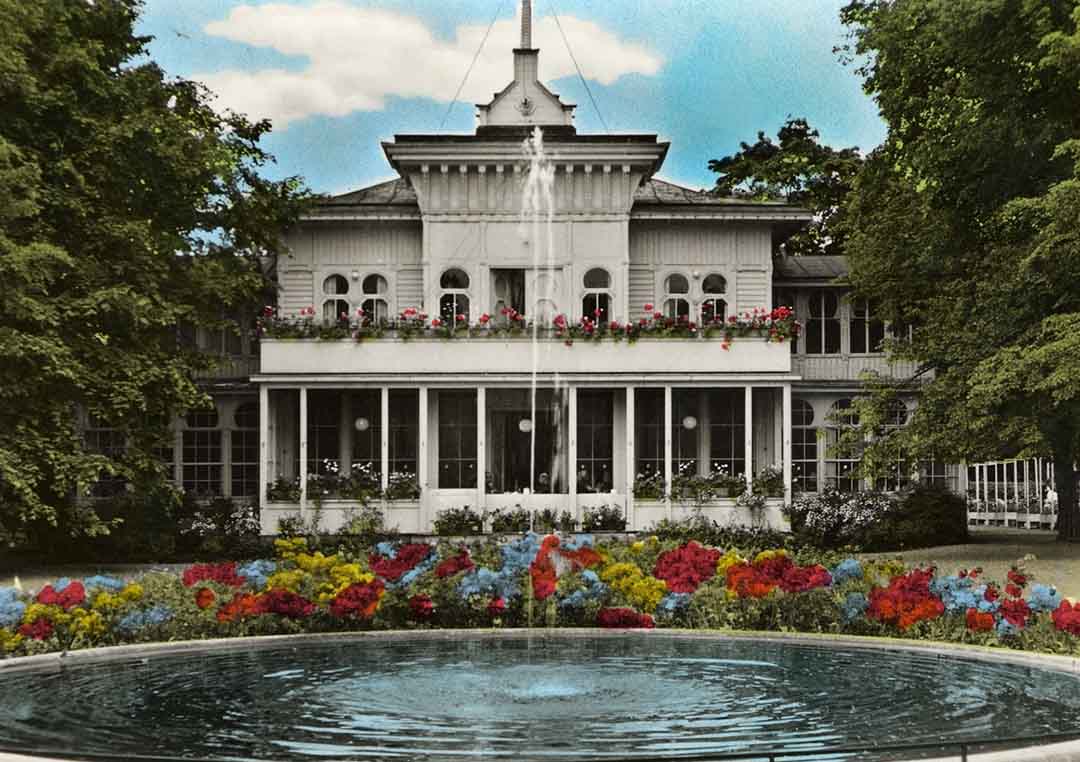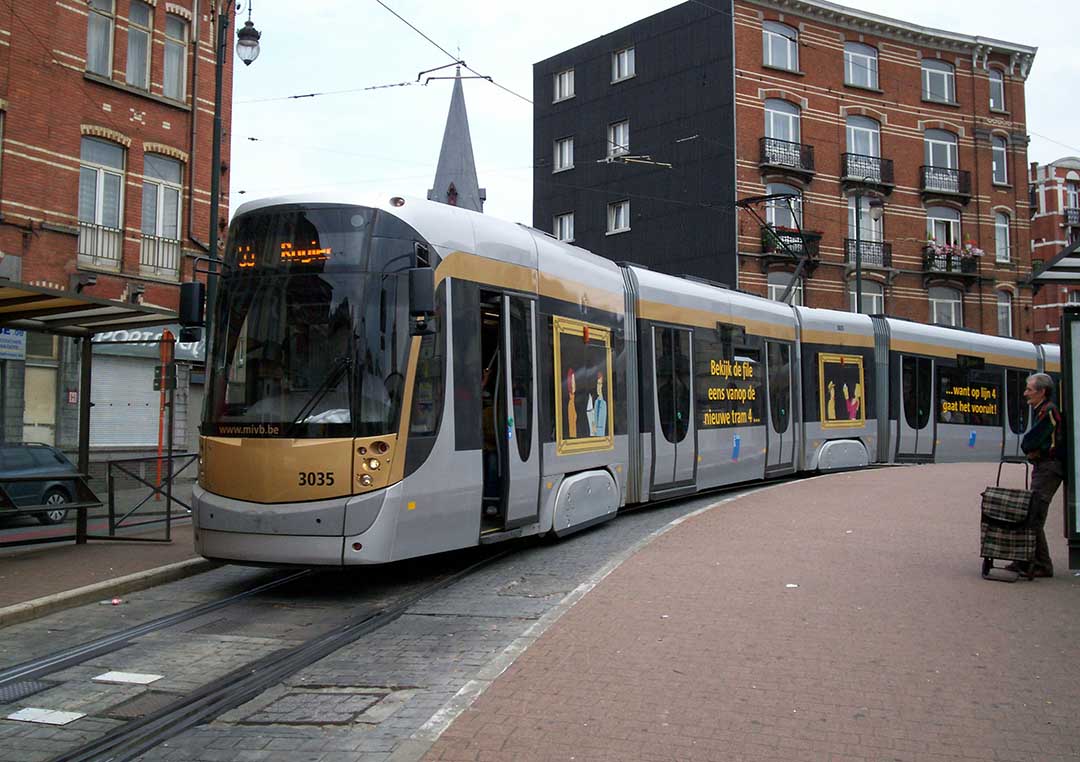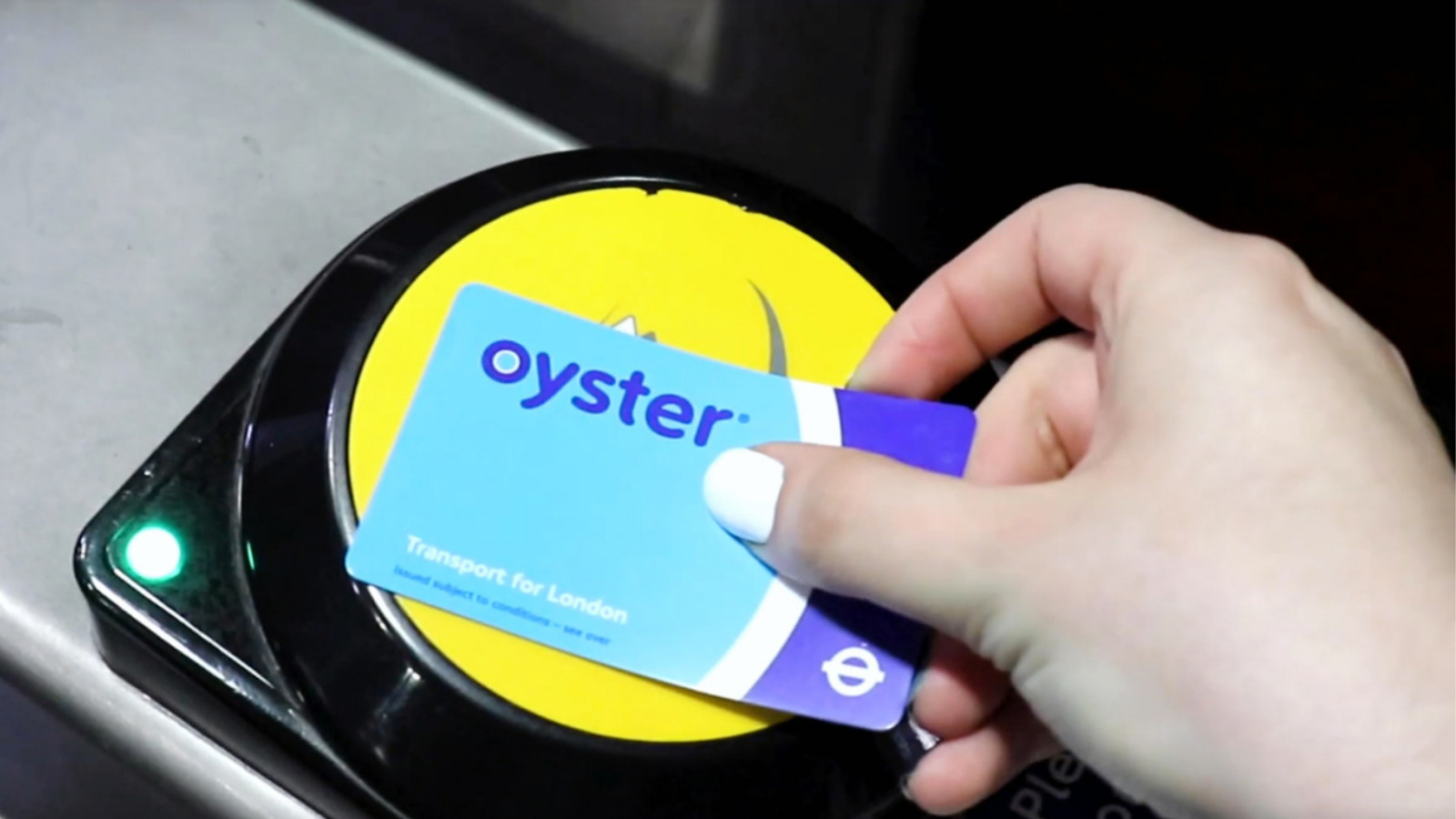Gothenburg (Göteborg), the charming harbor city on Sweden’s west coast, is known for its unique Nordic atmosphere, rich culture, delicious seafood, and beautiful natural scenery. Compared to Stockholm, Gothenburg offers a more relaxed travel vibe and relatively lower costs, making it an ideal destination for budget-conscious travelers and those seeking an in-depth experience.
Best Time to Visit Gothenburg
Gothenburg experiences four distinct seasons, each offering unique attractions. The best time to visit depends on your travel goals—do you prefer warm weather and outdoor activities, or do you want to experience a Nordic winter wonderland? Here’s an overview of what each season has to offer to help you choose the best time for your trip.
1. Spring (March–May): A Time for Relaxed Exploration
As temperatures rise and daylight hours increase, Gothenburg bursts into life with blooming flowers and lush greenery in parks and gardens.
Why visit in spring?
- Temperatures range from 5°C to 15°C (41°F to 59°F), making it cool but comfortable for outdoor activities.
- Fewer tourists mean cheaper flights and hotel prices compared to the summer season.
- Parks like Trädgårdsföreningen (Garden Society of Gothenburg) come alive with vibrant flowers.
- Easter celebrations bring festive markets and traditional Swedish treats.
Recommended activities:
- Strolling through Gothenburg’s parks and waterfront areas to enjoy the fresh spring air.
- Enjoying Fika (Swedish coffee break) at a cozy café, experiencing the relaxed local lifestyle.
- Visiting Gothenburg Botanical Garden, one of the largest in Northern Europe, to see colorful spring blossoms.
2. Summer (June–August): The Best & Busiest Season
Summer is the most popular season for visiting Gothenburg. Long daylight hours, pleasant temperatures, and lively events make it a fantastic time to explore.
Why visit in summer?
- Temperatures range from 15°C to 25°C (59°F to 77°F), with mostly sunny days.
- Midsummer Festival (Midsommar) in late June is Sweden’s biggest celebration, with traditional music, dancing, and feasting.
- Fresh seafood, especially lobsters, crabs, and mussels, is at its peak.
- The coast is perfect for swimming, boating, and picnicking.
Recommended activities:
- Taking a boat trip to the Gothenburg Archipelago, exploring stunning Nordic coastal landscapes.
- Visiting Liseberg Amusement Park, which is vibrant with lights and entertainment during summer nights.
- Attending music festivals like Way Out West, one of Northern Europe’s biggest music festivals.
Things to consider:
- Summer is peak tourist season, so flights and hotels are expensive. Book at least 3-4 months in advance to get better deals.
- Attractions can get crowded, so visiting early in the morning or late in the evening is recommended.
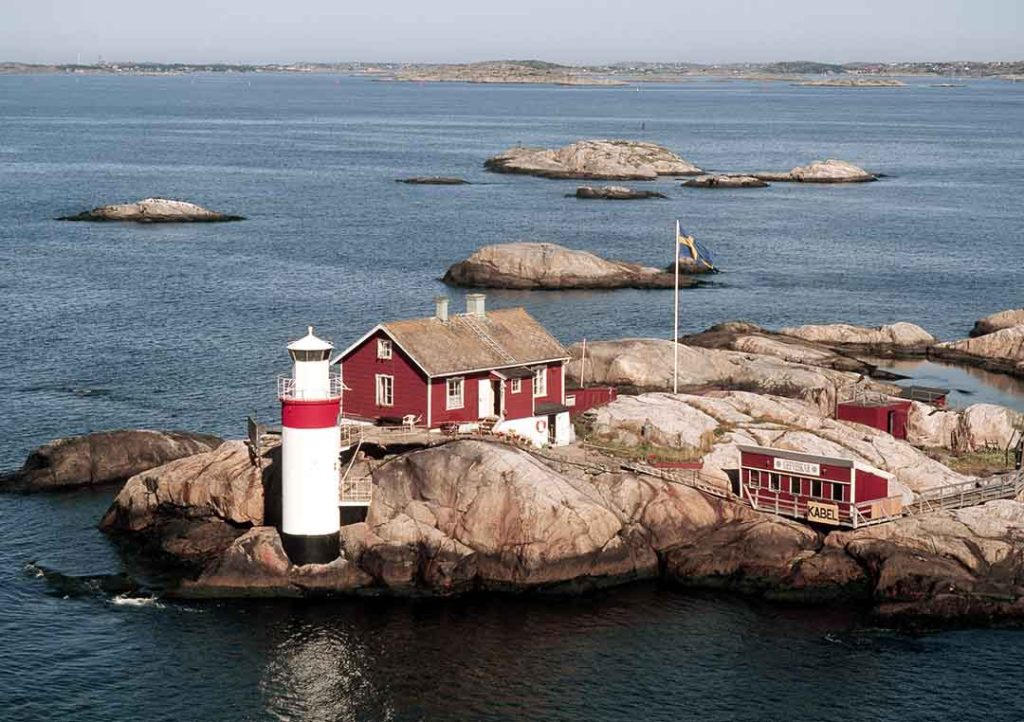
3. Autumn (September–November): The Best Value for Money
Autumn transforms Gothenburg with golden foliage and a cozy atmosphere. It’s an excellent season for budget-conscious travelers who still want pleasant weather.
Why visit in autumn?
- September and October are still relatively warm, making it ideal for sightseeing.
- Fewer tourists mean lower airfare and hotel prices.
- October is the peak season for Swedish seafood, especially crabs and oysters.
Recommended activities:
- Visiting Gothenburg Museum of Art to admire Nordic master paintings.
- Enjoying Swedish autumn delicacies like mushroom soup and seafood dishes.
- Walking through Slottsskogen Park, where you can enjoy the autumn leaves.
Things to consider:
- November is colder and rainier, so bringing warm clothing and rain gear is advisable.
4. Winter (December–February): A Magical Nordic Experience
Winter in Gothenburg may be cold, but the Christmas decorations and festive atmosphere make it a magical time to visit.
Why visit in winter?
- Christmas markets in December, especially at Liseberg, create a fairy-tale-like winter wonderland.
- January and February are the cheapest months for travel, with significant discounts on flights and hotels.
- If lucky, you might even see the Northern Lights on clear nights.
Recommended activities:
- Strolling through Christmas markets, enjoying festive lights, and sipping warm Glögg (Swedish mulled wine).
- Trying indoor winter activities like ice skating or visiting indoor skiing centers.
- Warming up in cozy cafes with traditional Swedish pastries.
Things to consider:
- Temperatures can drop below freezing, so bring warm clothing.
Gothenburg Budget Travel Guide: How to Save Money on Your Trip
Sweden is known for its high cost of living, and Gothenburg is no exception. However, with careful planning, you can explore this beautiful coastal city without breaking the bank. By making smart choices regarding flights, accommodation, transportation, dining, and attractions, you can significantly reduce your travel expenses while still enjoying a high-quality experience. Below is a detailed guide on how to save money while traveling in Gothenburg.
1. Book Flights and Accommodation in Advance
Flights
Gothenburg’s main airport, Göteborg Landvetter Airport, is Sweden’s second-largest airport, serving flights from across Europe. If you’re traveling from within Europe, budget airlines like Ryanair and EasyJet offer affordable flights. However, flights from Asia or the Americas tend to be more expensive.
How to save on flights:
- Peak season (June–August): Summer is the most expensive time to fly, especially around Midsummer Festival (late June). Book at least 3-4 months in advance for better prices.
- Low season (December–February): Winter flights are 30-50% cheaper than summer, especially in January and February.
- Use flight comparison websites like Skyscanner or Google Flights to find the best deals. Monitor airline promotions for discounts.
Accommodation
Hotels in Gothenburg are cheaper than in Stockholm but still relatively expensive compared to other European cities. Here are some budget-friendly options:
- Book early: Prices rise quickly in peak season. Reserve 2-3 months in advance for better rates.
- Stay in hostels: Budget-friendly hostels like STF Göteborg City Hotel & Hostel offer affordable rooms, some with private bathrooms.
- Consider Airbnb or apartment hotels: If traveling with friends or family, renting an Airbnb or an apartment hotel with a kitchen can reduce dining costs.
- Stay outside the city center: Areas like Linné and Majorna offer lower prices and a local atmosphere while still being well-connected by public transport.
2. Get the Gothenburg City Card (Göteborg Pass)
If you plan to explore multiple attractions, the Gothenburg Pass is a great way to save money.
What’s included?
- Free entry to 30+ attractions, including Gothenburg boat tours, Liseberg amusement park, and Universeum science center.
- Free public transportation, covering trams, buses, and ferries.
- Discounts at selected restaurants and shops (10-20%).
Price (2024 Reference Rates):
- 24 hours: 495 SEK (~$48 / €43)
- 48 hours: 745 SEK (~$72 / €65)
- 72 hours: 895 SEK (~$86 / €78)
If you plan to stay 2-3 days and visit multiple attractions, the pass offers better value than buying individual tickets.
3. Save Money on Food
Eating out in Sweden is expensive, with an average restaurant meal costing 150-300 SEK ($14-28 / €12-25) per person. Here’s how to cut costs:
- Buy groceries at supermarkets: Large chains like ICA, Coop, and Willys sell fresh produce, bread, dairy, and snacks at reasonable prices.
- Try local fast food and budget restaurants:
- Max Burgers – A popular Swedish burger chain, often cheaper than McDonald’s.
- 7-Eleven & Pressbyrån – These convenience stores sell affordable sandwiches, salads, and hot dogs.
- Street food – Try Gothenburg’s famous Fish Hot Dog, a cheap and delicious seafood snack.
- Take advantage of lunch specials (Dagens Lunch): Many restaurants offer discounted lunch menus from 11:30 AM to 2:00 PM, typically priced at 90-130 SEK ($8-12 / €7-11), which is much cheaper than dinner.
4. Explore Gothenburg’s Free Attractions
You don’t have to spend a fortune to experience the best of Gothenburg. The city offers many free parks, museums, and cultural spots:
Free Parks
- Slottsskogen Park – Gothenburg’s largest park, perfect for walking and cycling. It also has a free Nordic zoo where you can see moose, deer, and wild boars.
- Gothenburg Botanical Garden – One of the largest in Northern Europe, offering thousands of plant species and beautiful landscapes for free.
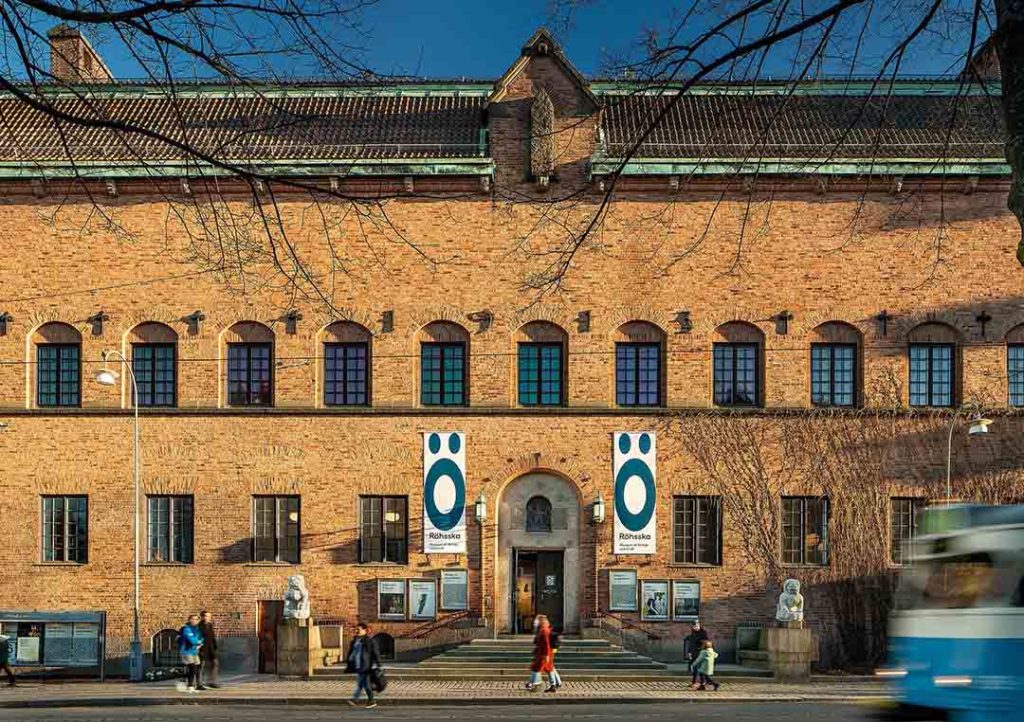
Free Museums and Cultural Attractions
- Röhsska Museum (Swedish Design Museum): Free entry on the last Tuesday of each month, showcasing Scandinavian design and fashion.
- Gothenburg Museum of Art: Some exhibitions are free to visit, featuring works from Nordic artists.
Harbor Views & Street Art
- Walk along the Gothenburg harbor, admire the historic ships, and experience the city’s maritime heritage.
- Explore Haga District, a charming old town area with well-preserved 19th-century wooden houses and free street art displays.
5. Use Public Transportation Instead of Taxis
Taxis in Gothenburg are very expensive, with fares starting at 50-80 SEK ($5-8 / €4-7) and even higher on nights and weekends. Instead, use the efficient public transportation system:
- Buy a 24-hour, 72-hour, or 7-day transit pass – Cheaper than buying single tickets.
- Use the Västtrafik App – Check tram, bus, and ferry schedules and buy mobile tickets at a discount.
- Take advantage of free ferries – The Älvsnabben ferry is free and offers stunning views of Gothenburg’s harbor.
Although Gothenburg is a Nordic city with relatively high prices, smart planning and budgeting can help you enjoy a fantastic trip without overspending. By booking flights and accommodation early, using public transport, taking advantage of free attractions, and eating at budget-friendly places, you can experience the best of Gothenburg at a lower cost.

